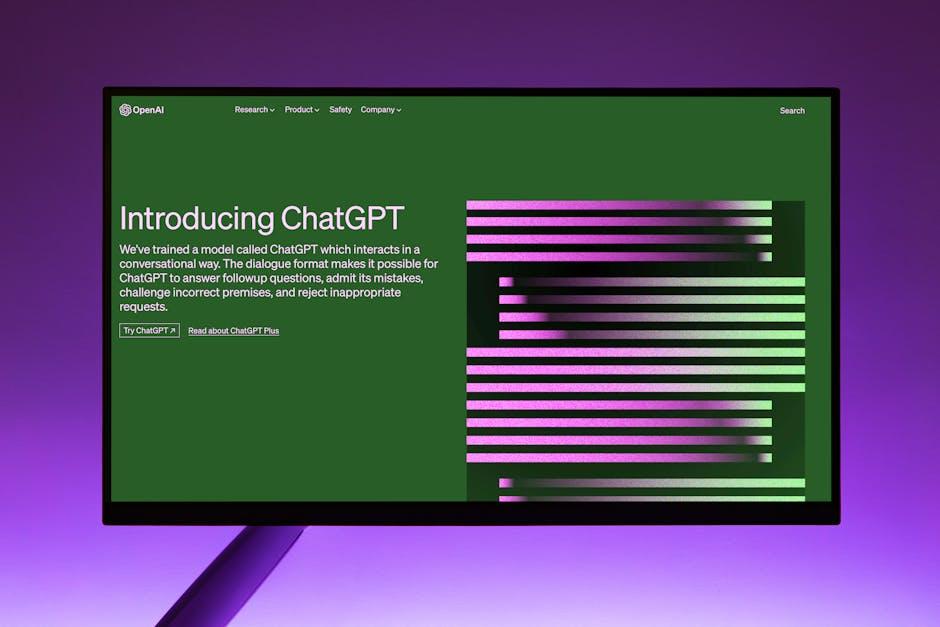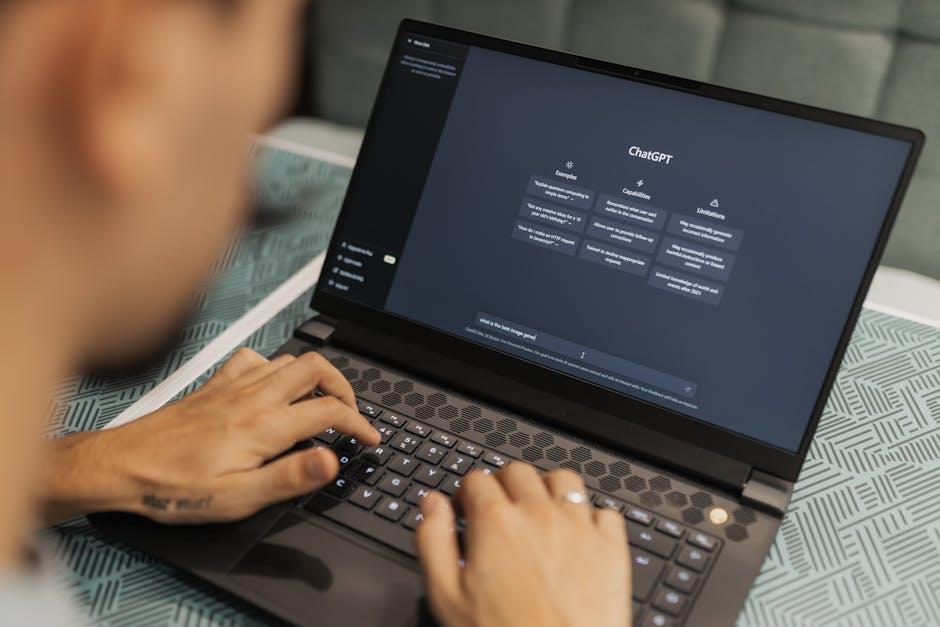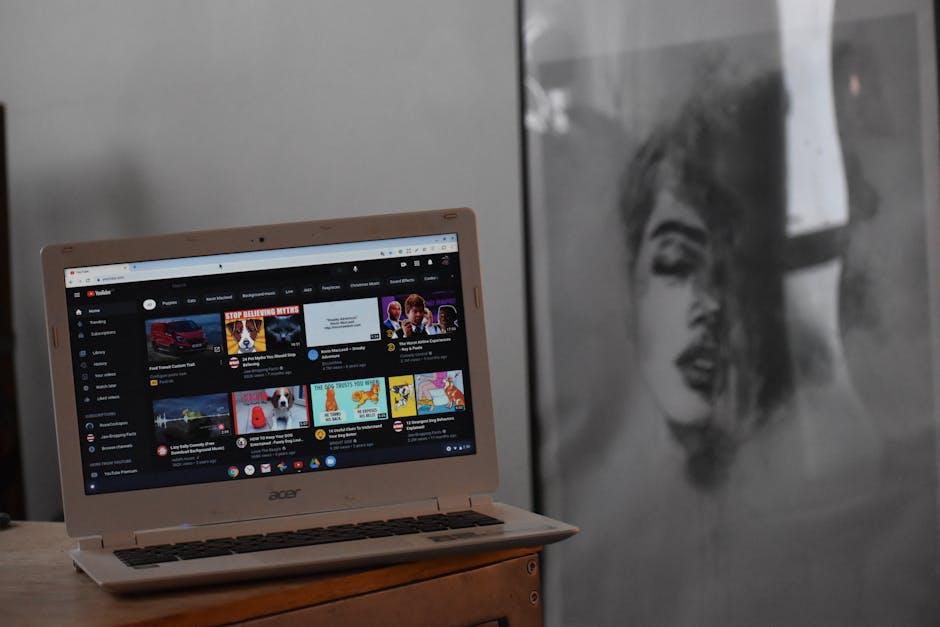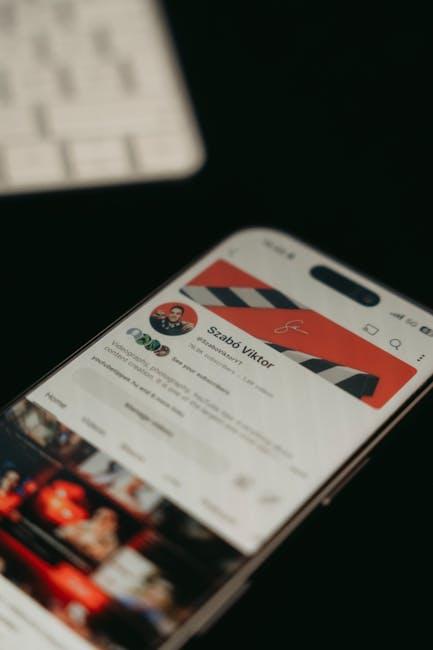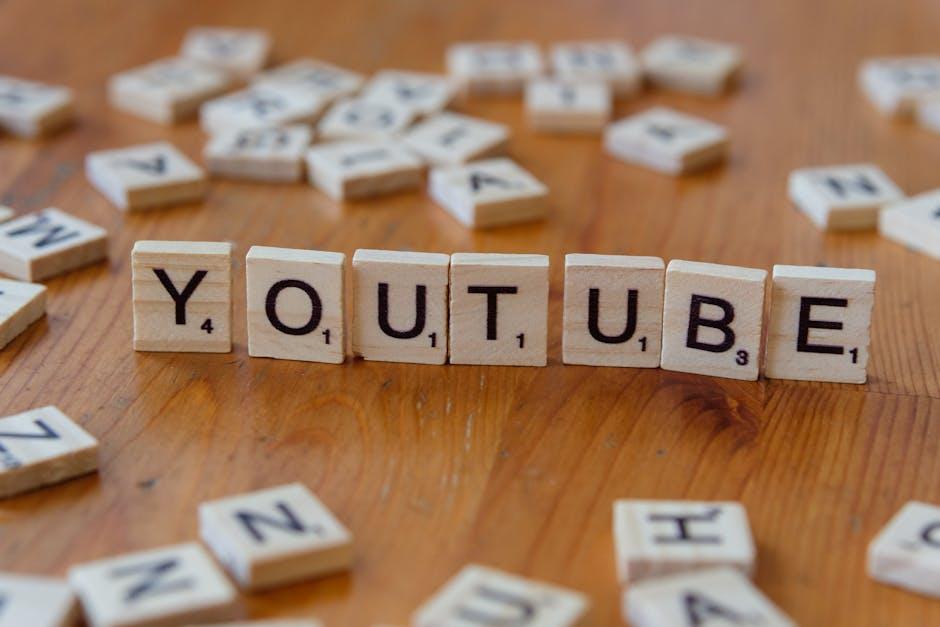Have you ever stared at your YouTube analytics and wondered, “What does average view duration even mean?” If you’re like most content creators, you’ve probably found yourself losing sleep over those numbers, mulling over whether they’re a reflection of your content’s quality or just your audience’s brief attention span. You may have even considered swapping your longer, passion-driven videos for bite-sized clips, fearing that your viewers are tuning out after just a couple of minutes. But hold on a second—don’t hit the panic button just yet! In this article, we’ll peel back the layers of average view duration and explore what it truly signifies about your audience’s engagement. Spoiler alert: it’s not merely a measure of how long folks are sticking around. We’ll dive into the nuances of this elusive metric, bust some common myths, and equip you with insights that could transform how you approach your video creation. So, grab your favorite snack, sit back, and let’s demystify average view duration together!
Understanding Average View Duration: Unpacking the Metrics

Average View Duration (AVD) can sometimes be as tricky as a Rubik’s Cube, especially if you think it tells the whole story of your audience engagement. When you see that your AVD hovers around a certain number, like five minutes, it’s easy to conclude that your viewers aren’t interested in longer content. But, hold on! This metric is just that: an average. It can be influenced by extreme values; for example, if a couple of people drop off early, they can skew your average down despite many others sticking around much longer. Think of it like this: if you have a group of friends who love pizza but one person only takes a tiny bite, suddenly everyone thinks your pizza parties aren’t a hit. So remember, averages can be misleading!
It’s essential to dive a bit deeper into your analytics and look at retention rates. This will show you precisely where viewers are engaging and when they bounce. You might notice that while a good chunk drops off early, there’s a loyal crowd who not only stays but also revisits key moments in your videos—kind of like how you might replay your favorite song on repeat. If you can identify these “golden nuggets” in your content, you can tailor your future videos more effectively. Aim for the sweet spot by creating content slightly longer than your average retention to hook those viewers who want more. It’s all about balancing that average with what you know makes your audience tick!
The Insights Behind Average View Duration: What Numbers Don’t Tell You

Let’s break down what those average numbers can be hiding. First off, just because your average view duration hovers around five minutes doesn’t mean you should automatically box yourself into making only five-minute videos. Think about it this way: if one viewer watched your entire ten-minute epic, but another only made it through the first two minutes before clicking off, the average will skew down. It’s like baking a cake—if half your ingredients are sugar and the other half are salt, you certainly won’t get something sweet! The point is, average view duration captures everyone’s viewing habits, but those extreme cases can tell a different story that the numbers alone won’t reveal.
Another key player to consider is the audience itself. Are most of your views coming from subscribers who know and love your content, or are they first-timers just passing through? When you’ve got new viewers checking you out, their attention can be a bit shorter. It’s kind of like meeting someone for the first time at a party; the more you connect, the longer they might stick around! By comparing the view durations from your subscribers versus non-subscribers, you’ll get a clearer picture of who’s really invested in your content. Diving into those retention graphs is like opening a treasure chest—it reveals the real gems that your stats might not outright show, giving you a better idea of what parts of your videos resonate.
Crafting Content Around Your Audience: Tailoring Video Length to Engagement

When diving into the captivating world of your audience’s viewing habits, it’s crucial to remember that average view duration is just that—a snapshot of your viewers’ attention. If you’re noticing that most of your viewers drop off at the five-minute mark, it doesn’t mean that you should strictly create five-minute videos. Think of it as a pulse check rather than a hard rule. One person tuning out after a couple of seconds could skew the average down, while a few dedicated fans might binge the whole video and bring it back up. So, don’t panic if your metrics give you a puzzling picture; it’s more about the context behind those numbers.
Every video is a unique beast, and your audience’s engagement can vary like the seasons. For instance, if you consistently see that viewers stick around for a solid five minutes, it might be worth crafting videos that last seven minutes, allowing plenty of room for those engaged viewers to stay hooked without feeling rushed. And hey, consider this: the moment you introduce yourself to a new viewer, they may need a few minutes to warm up to you. It’s like meeting new friends; they don’t immediately get your inside jokes, right? So, blend in that extra time, and don’t shy away from content that lets you stretch a bit longer! Explore the retention graph to see when viewers disengage; these insights will be your best friends in crafting compelling, tailored content around your audience’s actual engagement patterns.
Maximizing Viewer Retention: Strategies for Capturing and Keeping Attention

Understanding your average view duration can feel like a puzzling riddle, right? You might be asking, “Does this mean I should just churn out 5-minute videos?” Well, not necessarily! The magic lies in what “average” truly represents. Imagine you’re in a room with ten people watching your 10-minute video. If nine of them stick around until the end but one person bails after just five seconds, that lone early leaver skews the average. So, while your average view duration may linger around 5 minutes, it doesn’t paint the full picture of viewer engagement. Some folks are sticking around for every juicy detail, while others might only pop in for a brief moment.
This brings to light another key factor: audience familiarity. New viewers might drop off earlier simply because they don’t know what to expect from your content yet. Think of it as a first date — if the vibe is off, they’re outta there! But once viewers get to know you and your style, they’re more likely to stay for the whole show. By examining your analytics, particularly the differences between subscribers and non-subscribers, you can pinpoint who is really into your content. If you consistently notice viewers sticking around for those initial five minutes, consider crafting videos that are at least a couple of minutes longer to capitalize on their interest. This isn’t just about finding a magic number — it’s about understanding your audience’s viewing habits and crafting content that keeps them engaged!
In Summary
As we wrap up our journey through the fascinating world of average view duration, let’s take a moment to appreciate the insights we’ve gathered from that eye-opening video. Understanding your audience isn’t a one-size-fits-all kind of deal—it’s more like navigating a labyrinth filled with twists and turns. The idea that a lower average view duration means you should stick to shorter videos is a common misconception, but hopefully, by now, you can see the bigger picture.
Like the hosts pointed out, the average fluctuates due to various factors, including your audience’s familiarity with your content. For instance, if you’re a newer creator, don’t be surprised if viewers drop off more quickly—it’s just their way of getting a feel for what you offer. It’s kind of like making a new friend; the first few encounters can be a bit awkward until you find your groove!
And remember, the data, while crucial, doesn’t tell the whole story. When you dive into your retention graphs, it’s like peeking behind the curtain to see which parts of your videos resonate and which ones might need a little more pizzazz. If you’ve got a thrilling climax in your video, don’t let the average view duration fool you into thinking it went unnoticed. Engage with your audience, encourage comments, and be willing to adapt—it’s all part of the game.
So as you continue to create, let these insights guide you rather than constrain you. Embrace the full spectrum of your analytics and make them work for you. Feel free to experiment, learn from your audience, and trust your instincts. Your unique voice deserves to be heard, regardless of those fluctuating view numbers. Now, go out there and create some engaging content that keeps your viewers coming back for more! And hey, don’t forget to leave your thoughts below— we’re eager to hear what you think about average view duration and how it plays into your own content creation journey. Happy creating!



